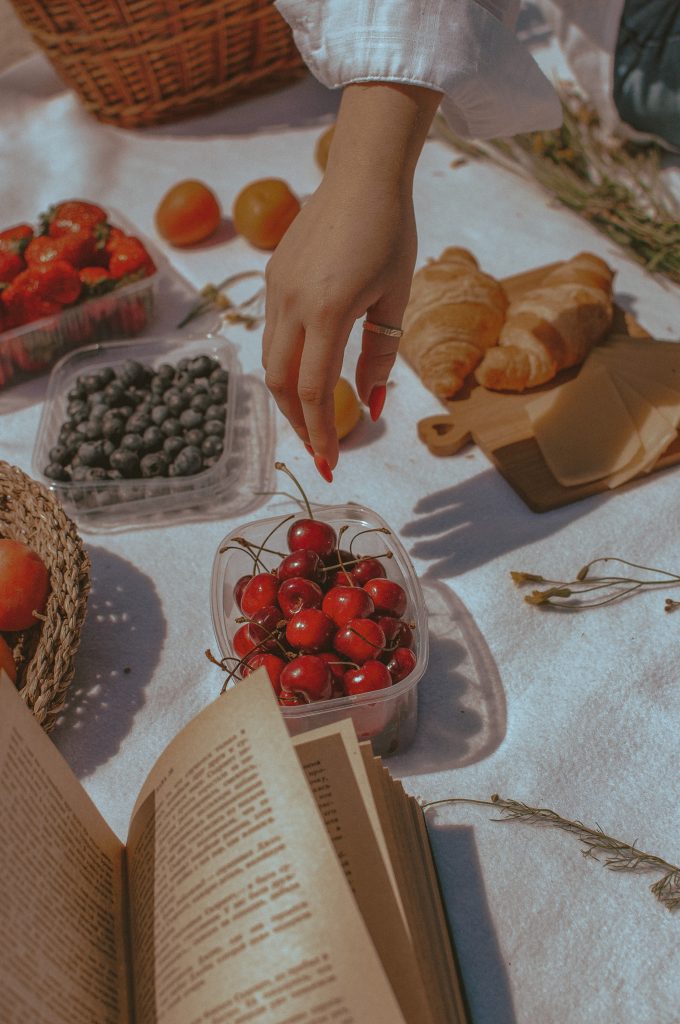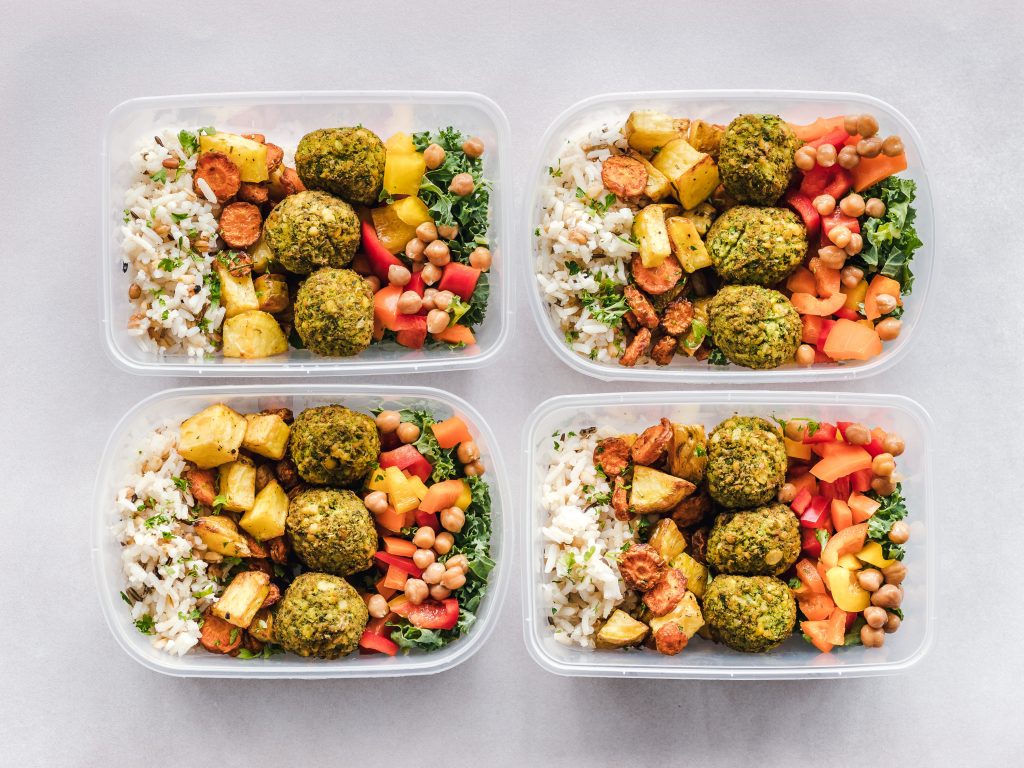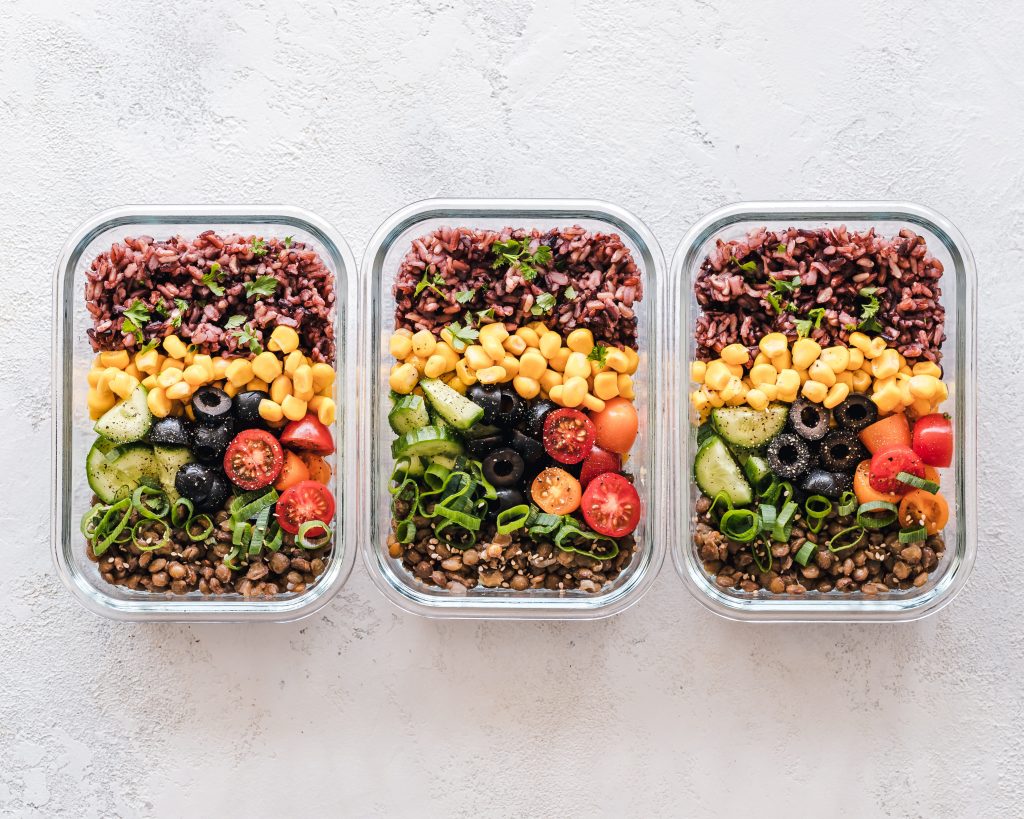
Symbols, materials, shapes, recycling, are concepts incorporated into this world of tuppers that we are interested in learning more about.
1. Keep food vs. Transport food
The first of all is to learn to distinguish what are tuppers for storing Home meal prep, at home and which ones are for transporting food.
For food: the best are the glass ones with square shapes and stackable multiples. The space is better used, the content is seen and its cleaning and recycling is more direct.
To transport: strong plastic bags with zip closure (so that they adapt well to the pocket of the backpack or purse: they should not be reused) or even better made of silicone that better withstand temperature and cleaning (you can put them in the dishwasher) or tuppers stackable plastic. They should weigh little and the lids are better if they have click-clack wings.
2. Look at the symbols before paying.
When you have to buy plastic ones, always look at their symbols to know if they are suitable for storing food, for the microwave, for washing in the dishwasher, for freezing and, above all, if they are BPA- free (bisphenol A). The problem itself is not the presence of BPA in certain plastics, but rather that when said plastics are used, they are cooled, reused, heated and reheated (without following the manufacturer’s instructions), being in contact with food, part of This chemical can pass into food. It is what specialists call migration. If the manufacturer does not give you instructions for use, and the tupper is microwave safe, I advise you, more heating time and less power.
Remember these symbols and if you don’t have them in your tupperware, they are not suitable:
They are a system to identify the materials used in the manufacture of plastics and thus facilitate their recycling. It is known as the “ Resin Identification Code ”. Each number corresponds to a specific material. For example, notice that there are 6 types:
3. Precautions
They must be removed when you see cuts or any imperfection, stains or food remains that cannot be removed or if abrasive cleaning products have been used that may have damaged them. My advice is that once a quarter do a merciless purge, especially if you have more lids than tuppers or tuppers than lids.
Do not mix raw food with cooked food in the same container.
It is preferable to raise the time and lower the power.
4. This is how the tuppers are cleaned:

With a sponge, not with the scourer because you will scratch them.
The dishwasher is recommended but be careful with the lids since sometimes, they do not withstand the temperature and they ripple. Separate them and wash them by hand reaching the grooves well.
Wash them once a month with baking soda, and when you remember with diluted bleach to prevent stains and odors from accumulating. The change is impressive. Keep in mind that the lack of hygiene resides in the tupperware.
5. And that’s how the tuppers are kept:
When putting them in the freezer avoid bumps and possible cuts that could damage them.
When you take them out of the freezer, wait to open them until they return to room temperature a bit. Is better.
It is preferable not to heat with the lid of the container, in most cases, they do not withstand high temperatures and you will have seen that they deform abruptly.
